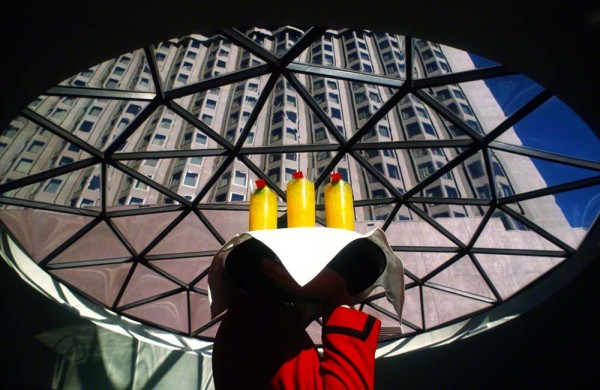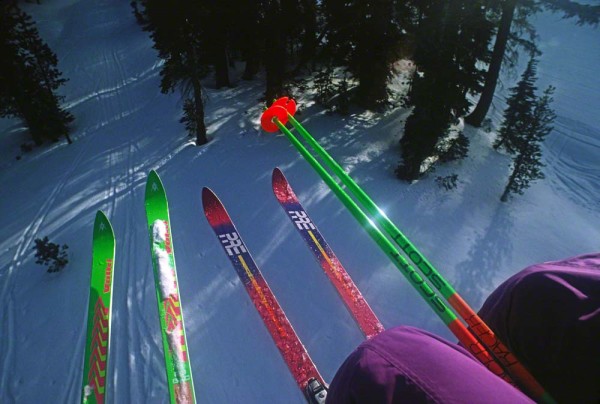I teach three online classes with the BPSOP. A part I and Part II where we work on ways to incorporate the Elements of Visual Design into our photography. I also work on these same elements in my “Stretching Your Frame of Mind” workshops I conduct around the planet.
I also teach a third class on the Psychology of Gestalt. Each of the four weeks we work on the six concepts in this theory. The one I want to talk about today is ‘Closure’.
First of all, here’s a brief description of Gestalt:
By several definitions Gestalt comes from the German/Austrian word meaning shape, form, or the whole . It is stated that Gestalt is the theory that the ‘whole’ is greater than the sum of its parts. It is also stated by others that the ‘whole’ is different than the sum of its parts. My thinking is that when you use the “Elements of Visual Design” in your imagery you are basically working with and structuring these ‘parts’ that will eventually make up the ‘whole’; the ‘whole’ being your finished composition.
The methods we use to gain attention to our photography will vary, but what’s important is how we manage what the viewer perceives and processes when looking at the information we lay out to him in the form of a photograph. Visual input is a part of our everyday life, and as photographers it is our prime objective to present this visual information in a way that takes control of what the viewer sees and when looking at our imagery.
In our reality, making the mind work harder is not necessarily a good thing, but in photography it is. By leading the viewer’s eye around our composition, having them discovering new things as they go, or having them consider the scene, they are now participating by taking an active role, and when we can accomplish that our images will definitely be stronger.
When we talk about different ways to keep the viewer involved in our photographs, one of several ways is to have them “complete an image, or a form, or an idea”. The brain has the ability to complete an unfinished form or subject, and this ability in the theory of Gestalt, is called closure.
Closure is all about sparking an interest in your photos. to give a little taste of what the entire message your presenting to the viewer. The key is to present to the viewer an interesting composition that makes him or her want to stick around to see what “the bigger picture” is…so to speak!!!
When he fills in the rest of the pieces to create the finished idea, he’ll feel a sense of satisfaction. Of course this idea is predicated on the notion that he knows ahead of time what it is he’s filling in; at least to some degree.
In the above photo, I was sent to East Texas by an in-house magazine for Champion Paper to do a photo story on East Texas Pine Seedlings. The company owns several hundred acres of Pine Trees and a lumber mill. The designer asked me to create a photo he could use on the cover. He wanted it to suggest Texas, the day to day operations, and Pine Tree Seedlings. I decided to create an image using the concept of Closure.
Here are a few more examples of closure:
Visit my website at: www.joebaraban.com and follow me on Instagram: www.instagram.com/barabanjoe. Watch for my new workshop schedule at the top of this blog. Come shoot with me sometime.
JoeB























